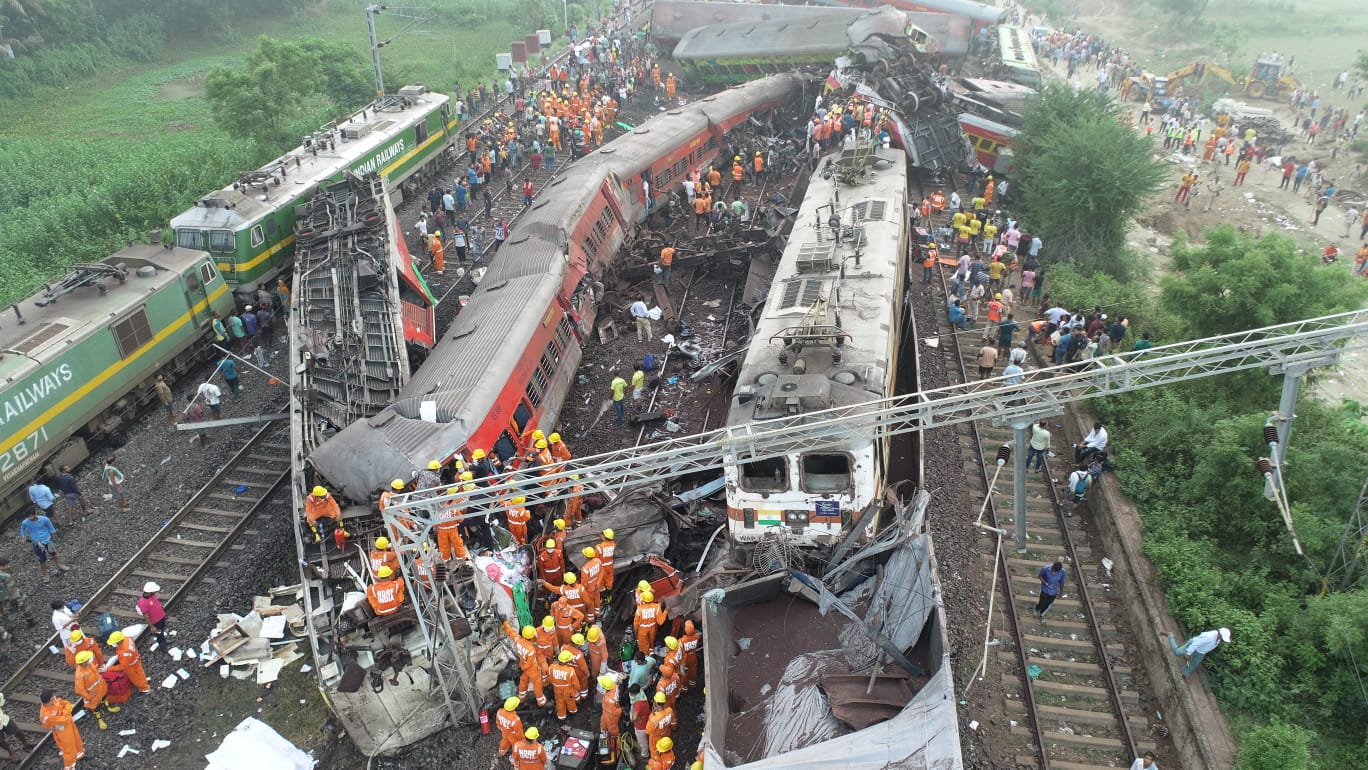 The final investigation report into the June 2, 2023 rail accident in India, the worst in the country’s history, has been released.
The final investigation report into the June 2, 2023 rail accident in India, the worst in the country’s history, has been released.
According to the document, workers repairing a railway barrier made the wrong connections in the network’s automatic signalling system, leading to the worst rail disaster in two decades, resulting in the deaths of nearly 300 people.
In their investigation report, investigators from the Commission for Railway Safety (CRS) determined that the first collision was caused by changes made to the signalling circuit to fix problems at a nearby railway barrier. Local railroad personnel did not have a schematic of the electronic circuit, which resulted in a faulty connection in the signal system when they attempted to take the barrier circuit out of service to repair it, the report states. As a result of their intervention, the system routed the passenger train onto the line where the freight train was, according to the report.
From the outset, investigators focused on the rail barrier repair work and its possible connection to a manual signal system diversion. The Indian Railways, the world’s fourth largest rail network, is a state monopoly administered by the Railway Board. The Board is subordinate to the Ministry of Railways.
The rail accident in India on 2 June killed nearly 300 people
The 2 June accident at Bahanaga Bazar station in the eastern Indian state of Odisha killed 288 people and injured more than 1,000. The disaster occurred when a passenger train hit a stationary freight train, jumped off the tracks and hit another oncoming passenger train.
The rail network is undergoing a $30 billion upgrade with new trains and modern stations as part of Prime Minister Narendra Modi’s efforts to boost infrastructure and connectivity, but the accident has raised questions about whether safety has received enough attention. The CRS investigation report found that there were deficiencies at several levels in the signalling and telecommunications department and that standard operating procedures were not followed during the repair work.
Share on:



